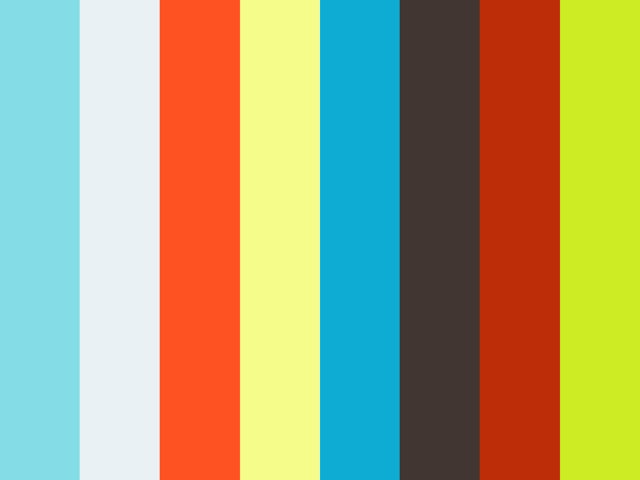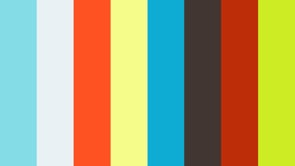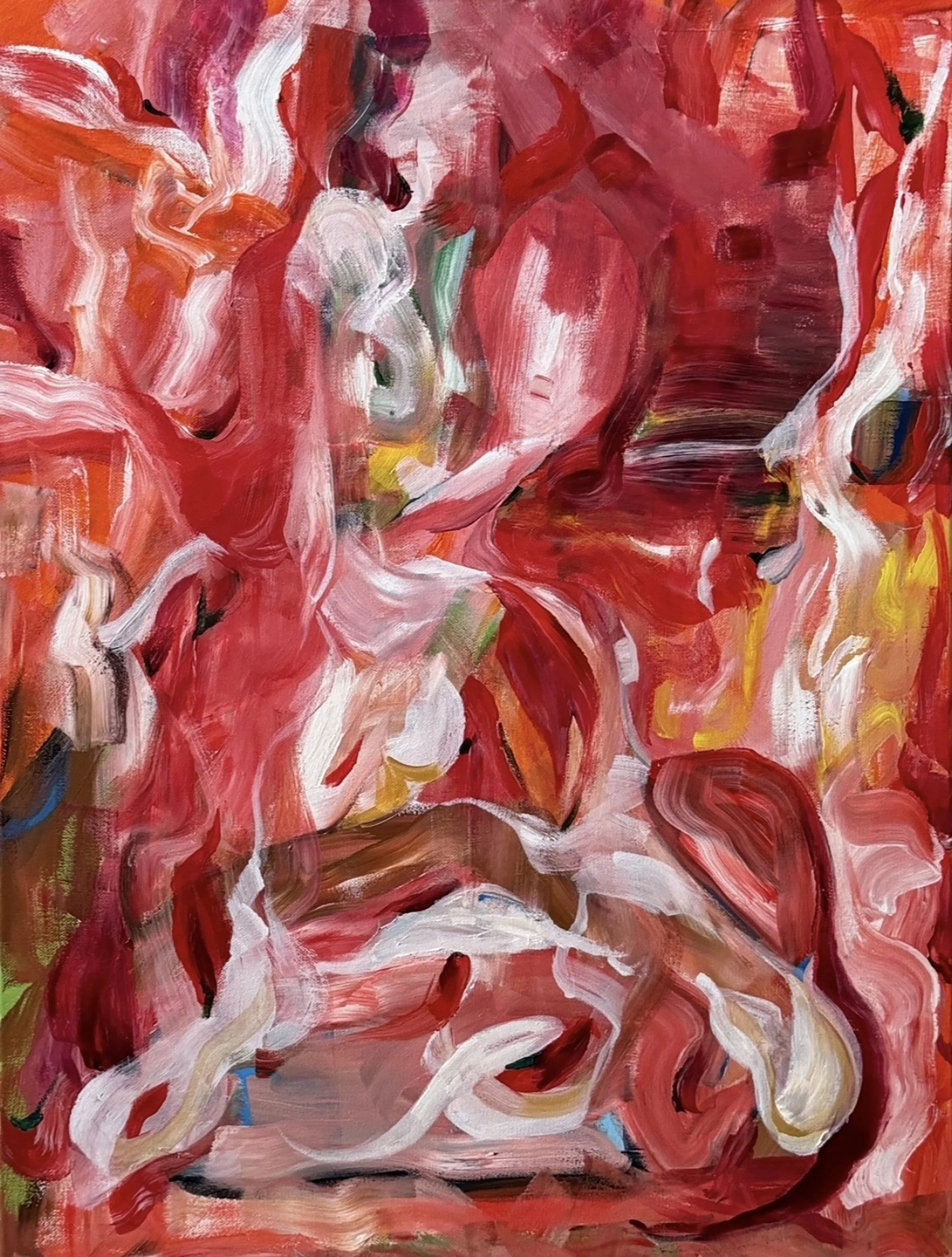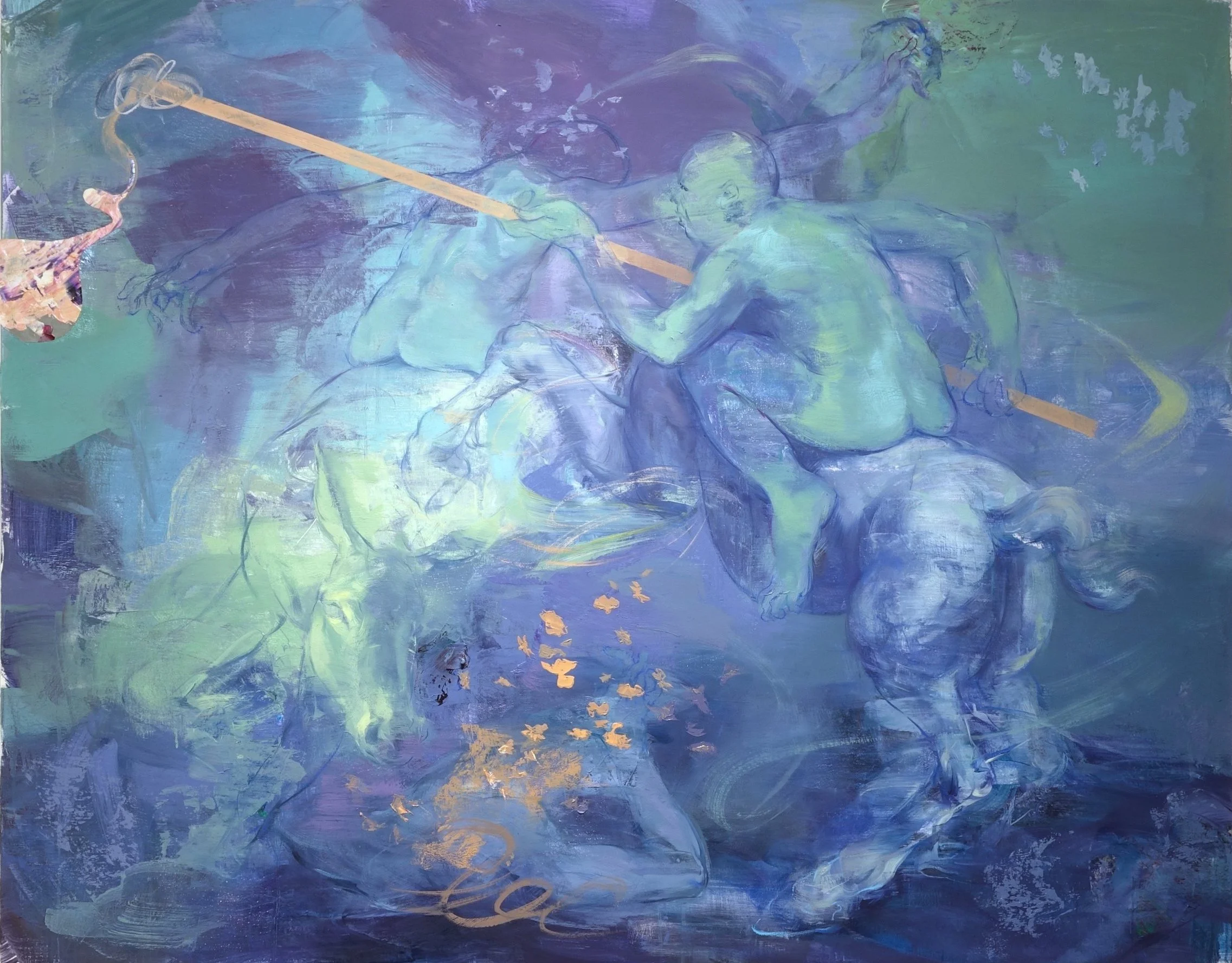feeleash (M. Andresakis) is a multidisciplinary Polish artist based in Athens.
feeleash grew up in a family of artists, graduates of the PWSSP in Wroclaw, now the Academy of Fine Arts E. Geppert. Józef Chierowski, his grandfather, was the creator of the famous cult chair 366. His grandmother, Czesława Chierowska worked as a fashion designer at BoBo in Piława. The first lessons of drawing, painting, and analog photography he attended, were in Athens at his mother’s studio, Katarzyna Chierowska. He also has studied graphic design at AKTO Art & Design (Middlesex University of London). He actively works in music as well as the international publishing scene, implementing all types of digital graphics and video. In his free time, he creates works that embrace time and space - it is a fictional and empirical journey that reveals itself step by step. Influenced by Zdzisław Beksiński, David Lynch, Jackson Pollock, and Albrecht Dürer, Michael tries to combine several seemingly incompatible worlds into a new universe, increasing the dynamics between the audience and the author, objectivating emotions, and investigating the duality that develops through different interpretations.
Interviewed by Mohamed Benhadj.
Photo courtesy feeleash©
Photo courtesy feeleash©
What does "being creative" mean to you?
Imagination. Observation. Being fascinated by the evolution of the inner-self through unorthodox practices and overcoming existential limits. Reconnecting to the laws of the universe and channeling them back to the viewer. Being creative is being me, manifesting my truth, wherever it may lead. Creativity is certainly a big part of life, so it is hard for me to analyze the whole concept thoroughly, without acting a bit melodramatic about it. I would not survive if I weren't able to create a better world to live in.
What experience of your life would you say that is reflected in your works of art?
Memories, both positive and negative. The ongoing mysterious connection with the unknown and volumes of occult books I have read during the years. Drug and alcohol abuse, I am no saint, yet some have claimed this to be true. Tons of movies I had the privilege to see, adventure games I have played on my pc, fairy tales that follow me since I was a kid. Unlimited times spent alone either at home or outside, to achieve self-awareness. I am staying in touch with nature. Walks to revisit places from long ago, and check if they are still standing.
What kind of education or training helped you develop your skillset?
I grew up in an artistic environment. My family, while in Poland, knew a lot of interesting people who were well-connected to the art scene of the 60s, 70s, 80s, and early 90s. I did not realize it back then and assumed all families were like that. There was always someone around to learn from or get inspired by, listen to discussions about theatrical plays, browse art books, or attend gallery openings. Then we moved to Athens, where I was disconnected from that lifestyle. I sure missed it, so after high school, I decided to study graphic design in a private school. But I was miserable there too. As it turned out, my goal was and always will be to produce abstract art, so I quit after almost two years of grinding layouts and architectural plans. It led to my first shy attempt, which involved mastering Photoshop skills and doing my projects, day and night. Already understanding composition and coloring basics, I needed to translate all my knowledge to the digital medium, which was all the rage back then. It was not the most accessible road to choose, but after years of practice, I now can see myself as a professional. This is probably why my mobile phone is the primary tool I use to make art nowadays, including videos.
Where do you get your imagery from? What sources do you use?
Researching images is pretty simple. You can find them everywhere, or they find you, I suppose like Websites, television, social media, art magazines, old newspapers, booklets, comic books, torn posters, calligraphy albums, photographs, textiles, thrown out prints. You name it. I remember one night a friend asked me to do a piece for him, so I did. Took pictures from the bar's interior we were hanging at the time and created something on the spot. I use practically anything that will provide the best texture to complete my work in progress.
Could you tell our readers about your creative process from turning an idea to a final painting artwork, then to a fashion product?
Asemic is a keyword of my trade. The backbone, as you might call it. This is by far the essential piece of the puzzle, the ability to make a piece appear as if it was developed at random. Far from it. Subconscious yes, but not accidental. I usually start with a blank frame (tabula rasa) and proceed to add textures, step by step, until I am satisfied with a given result. I am always trying to offer the work a particular flow, a character of its own, using new techniques or improving older attempts. I use not more than four images in the process, to put some rules and obtain integrity on a limitless form. Overlapping, cutting, and erasing. Layers upon layers, then filtering, coloring, and adding more details, desaturating everything to black and white if I must! A very chaotic procedure indeed, much like our unpredictable cosmos. After I finish with the production of a piece, I usually crop the image to see if it could also fit on a fashion product or a home item. Sometimes, I try to use mockups as well to determine if that was the right call. Squared images are for fashion; rectangles are for paintings and prints. Easy does it.
Photo courtesy feeleash©
The film is also part of your abstract artistic expression. What obstacle do you face in making video art? Any advantages of using this medium to complete your vision? Please tell us more. It takes more time for me to create a minute's short. This prohibits me from doing more films, but I like how they turn out in the end. I also need to build a more complex idea of what this "movie" will be about. As a still image supporter, I would say that making video art is an excellent way to take a break from routine and dive into other parts of creativity such as storyline, frames, camera angle, editing, sound effects, music, and so on. There is more to it than making a single image. Although. Sometimes I believe a picture has more to say about a situation than any sequence of a film would. It is easier to remember. Otherwise, we wouldn't use posters for each release, and photography could not be such a powerful way of expression. I will undoubtedly continue to explore this field, as it is a galaxy on its own. Maybe try more extended versions as well? Who knows.
Which of your projects has given you the most satisfaction?
I am very critical about my work, maybe that is a good thing. It would be a lie if I told you that I liked something a hundred percent in any case. This will always be a curse and a blessing for me, to overcome previous projects by designing and executing new ones, late at night when everyone's asleep. Maybe this is self-imposed? Who cares? It works for me just fine. Longing for a new outcome is my absolute priority. I can afford to lose touch with the rest of the world for a couple of hours when it gives me pleasure, even for a few minutes.
Are you working on a new project? Tell us more.
Yes, but it will have to wait until the society is on the clear regarding the COVID-19 outbreak. We are discussing a partnership to form a collaborative group of like-minded artists and to organize a chain of installations somewhere in the abandoned rural areas of Athens. There are so many of them, and they could ideally incorporate all types of pop-up shows. The idea is there; we need to work it out, so it becomes a reality.
What other interests do you have outside of art?
I had played music for a long time, joined a couple of bands playing guitar, singing and writing lyrics and sleeping in a van, driving to festivals, binge drinking, taking ten percent damage to my left eardrum, entertaining people at live gigs each week, and releasing a few albums while at it. Times were wild. Another interest I had for ten years or so, was to publish games—tabletop games to be exact, which I co-designed with few other partners here in Athens. Guess the graphic design studies paid off after all! Our company even released some of them and attended game fairs in Europe. It was a period when crowdfunding platforms were helping indie developers to fund their projects, instead of promoting more prominent companies that do not need this type of push. I remember that period very fondly. I liked the stuff we were putting out and was deeply involved in it too. Maybe too much, like with everything I do. But like all things in life, it had to end sometime.
Who's behind feeleash in three words?
Me, myself and I.






















